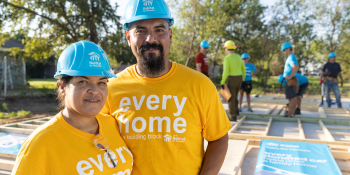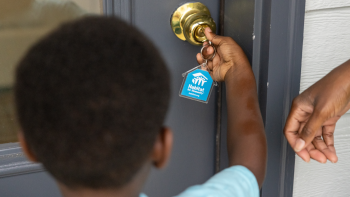
Research series: How does housing affect energy efficiency?
Families with low incomes face the double burden of high costs for housing and energy despite the tendency to consume less energy. Almost 70% of households with low incomes face a high energy burden, which means they:
- Spend more than 6% of their income on energy.
- Spend almost four times as much on household energy costs as households with higher incomes.
Offering energy-efficient homes to these households can reduce both greenhouse gas emissions and the homes’ energy costs and resulting energy burden. Read the research highlights below and download the full brief.
Research highlights
Key factors to strengthen energy efficiency of housing
- Educate homeowners about energy usage to encourage the adoption of energy-saving behaviors and appliances.
- Weatherize and insulate homes to reduce greenhouse gas emissions and increase energy savings.
- Equip homes with energy-efficient systems, appliances and lighting to reduce energy costs.
- Locate homes closer to places of employment or public transportation to reduce the number of vehicle miles driven and greenhouse gas emissions.
Barriers to improving energy efficiency of Black and Hispanic/Latino populations
- Black households, particularly those with low incomes, suffer higher rates of energy poverty compared to white households.
- Black and Hispanic/Latino households often face restrictions from living in energy-efficient homes because of an inability to afford energy-efficient appliances or to make the necessary energy-efficient upgrades.

